Morcott Tunnel
Morcott Tunnel
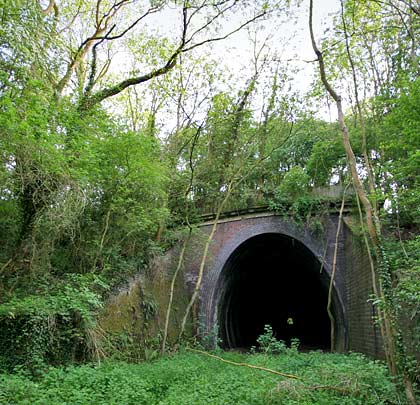
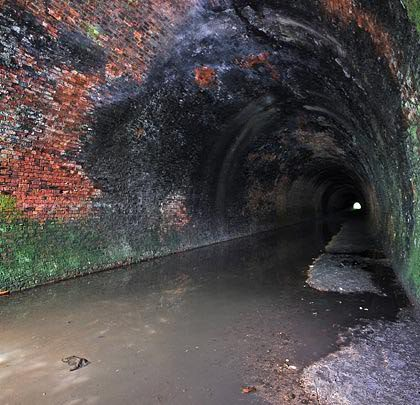
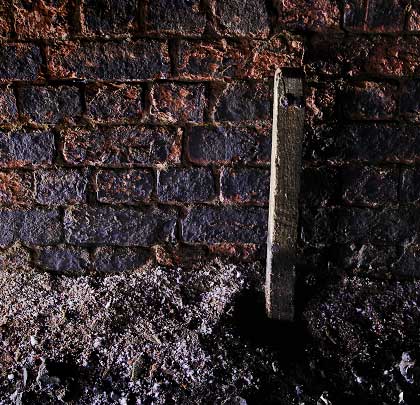
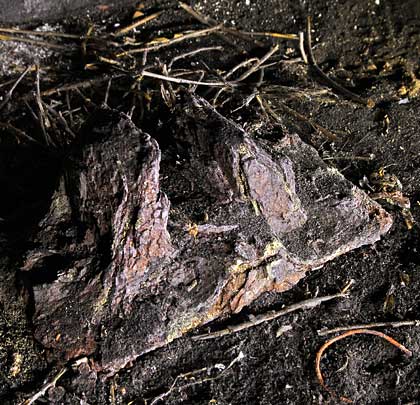
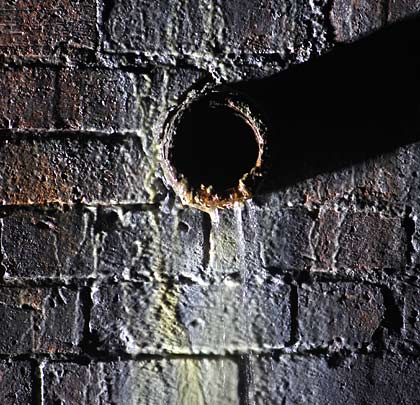
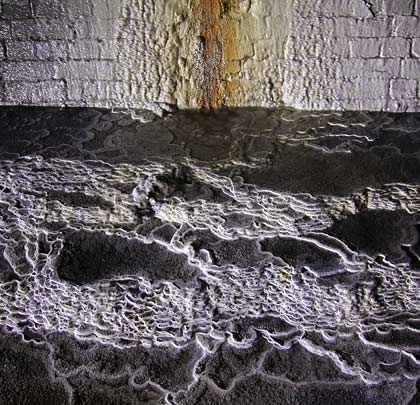
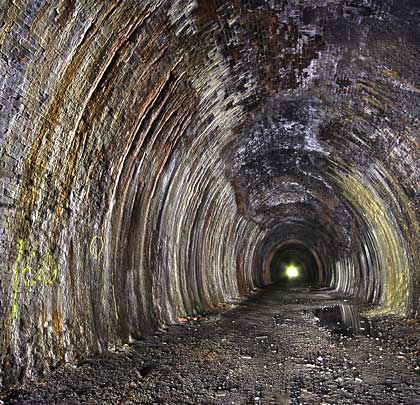
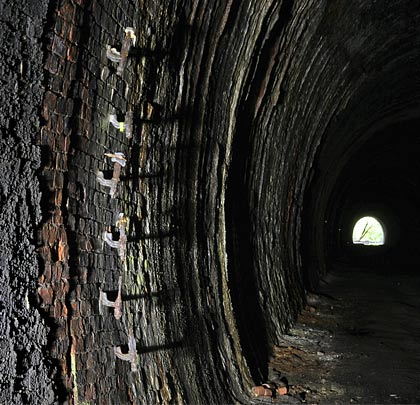
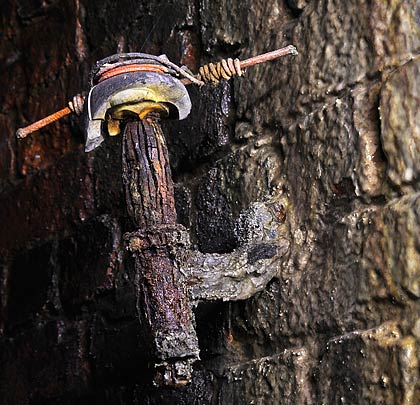
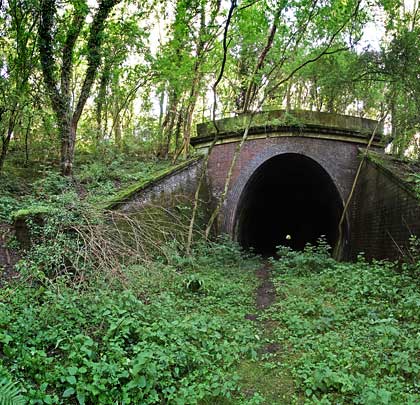
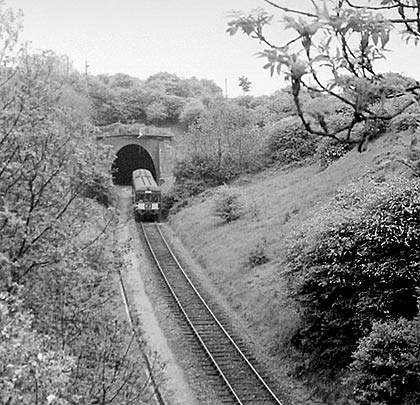











The London & North Western Railway started to drive its 35-mile cross-country line from Rugby to Stamford following Parliamentary authorisation in 1846, joining Midland Railway metals at Luffenham Junction for the last six miles. The first section opened in 1850, with the through route seeing its first traffic on 2nd June 1851.
Joseph Colthurst, the line’s engineer, faced few obstacles. Probably the greatest was a ridge at Morcott which was overcome with a tunnel, 448 yards long. Mr Pickering acted as contractor, sinking four construction shafts in a field belonging to a local farmer, Mr Lowe, who was compensated for his troubles to the tune of £35/year following a court judgement.
The tunnel was built for two tracks but only one was laid initially. The L&NWR doubled the route in 1878 but singled it again 29 years later, with the remaining line located on the Down side of the formation.
The north portal is approached through a deep and extensive cutting. It features a brick headwall and wing walls, but with an ashlar parapet and copings. The lining – six bricks thick – is horseshoe-shaped in profile. Inside, conditions are dry except for a short section beneath the A47. At this point, a weep pipe drains hard water into the tunnel forming wonderful mineral deposits on the floor and Up sidewall. There are no refuges; neither is there any sign of the four shafts but several groups of telegraph wire brackets remain extant, some of which still have their insulator pots.
The south portal is similar in construction to that at the north end. Standing water extends several yards into the tunnel and the approach cutting is almost impassable due to mud and foliage.
The railway closed on 6th June 1966. In the 1980s, the tunnel at Morcott was one of 49 offered by British Rail to Stronghold Engineering and Construction for conversion into a nuclear fall-out shelter, potentially accommodating 400 people. Spaces would have been available for about £2,000 each but the plans were eventually dropped.








